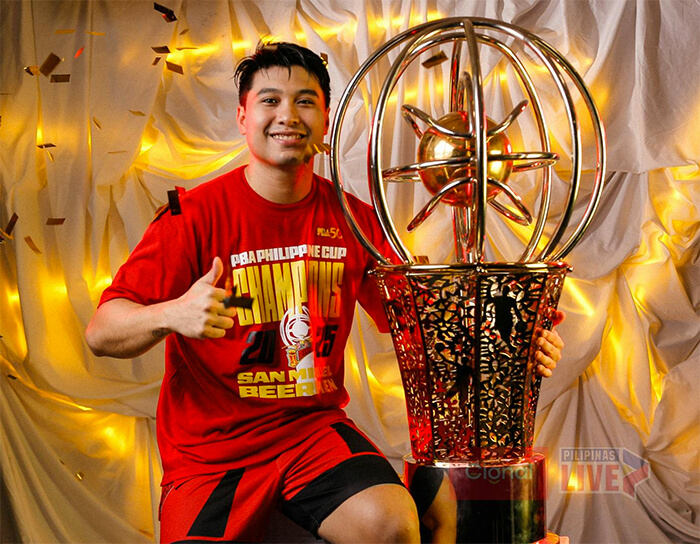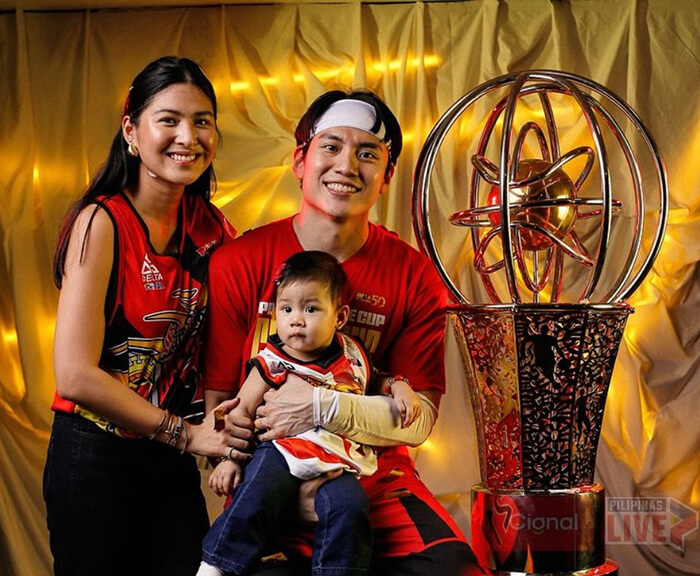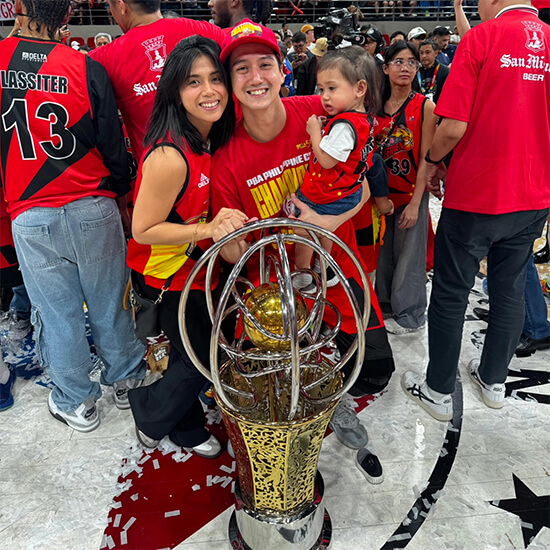Beermen Tiongson, Teng, and Cahilig: What it takes to win
With their recent All-Filipino PBA Conference victory, the San Miguel Beermen increased their league record to 30 championships—the most titles in the PBA! We noticed that with only one player sidelined by injury (Andreas Cahilig, who still got to play during the finals), the team had a deep and healthy roster, a great advantage over the competition. We got to interview some of the players regarding their preparation.
THE PHILIPPINE STAR: What specific drills do you focus on to maintain your speed, agility, and stamina throughout a long conference?
Juami Tiongson (JT): During pre-season training, I focus more on basketball skills, conditioning, strength workouts, and injury prevention. While in season training, it’s more of maintenance work.

Coach Gerald Tenorio (GT): We do a lot of agility drills, a lot of change directions, and a change of pace.
How has your approach to training evolved over the years?
Tiongson: Honestly, as you age, you listen more to what your body needs or to what it’s saying. When I was younger, I’d work out every day, but due to the toll your body takes during a long season, sometimes less is more. I would say mental training is harder than physical training. Mental training demands more out of you. I’m slowly learning how to use it to my advantage. I do a lot of meditation and breathing exercises.
After a high-intensity game, especially in the finals, what is your immediate recovery routine?
Tiongson: After games, I eat and drink my whey right away to replenish what I lost. But for me, the most important recovery, whether it be the game or practice, is sleep. Every chance I get, I sleep.
As a player who has seen a lot of court time, what are some of the key things you do to prevent common guard injuries?
Tiongson: To prevent injuries, I really have to lift at least three to four times a week. It’s important for me to lift two days before game day just to get my body ready. I would also lift on the game day itself, but nothing too much or heavy.
As a powerful small forward, can you share some of the strength and conditioning exercises you do to build your physical presence on the court while minimizing the risk of injury?
Jeron Teng: In the off-season, I make sure to load up on muscle mass. I focus more on strength training to prepare my body for the conference. I work out at least four times a week with the help of our physical therapists and trainers: Jigs, Edward, Stingray, and Coach Aldo. During the conference, I concentrate more on mobility and core exercises to ensure I’m always ready for the games.

You mentioned focusing on improving your defense. How do you tailor your training to handle the physical demands of both offense and defense?
Teng: I focus on my defense now. I ensure I incorporate cardio into my routine to maintain my energy during games. I also do interval sprints to simulate game-like conditions. More than the physical aspect, I also focus on really understanding how we defend as a team, and also players’ tendencies. Recovery is a key focus for me as well. After workouts, I take ice baths and use the sauna, and I also get regular massages.
Beyond physical therapy, what role does nutrition play in your post-game recovery?
Teng: As an athlete, nutrition is really important for my recovery. I make sure to get the right nutrition for my daily activities. I drink a protein shake after every workout.
What specific recovery or training tips have you learned from your veteran teammates?
Teng: Listen to your body. Overworking can be detrimental. Recovery is as important as working out.
You recently returned from a hyperextended knee injury. Can you walk us through the rehabilitation process?
Andreas Cahilig: When I got injured, our first objective was to get the swelling in the knee down. I rested for a week and multiple times every day to make sure that the swelling went down. After a week, I got almost all my mobility back, and I was ready to start rehabbing and straightening my knee. The most challenging aspect was to get the security and comfort back. To be able to move and play as I did before. I think the way I train and strengthen my lower body and knees helped me prevent this injury from becoming worse than it was. Keep high flexibility and a wide range of motion while doing squats and knee-to-toe.

While you were out with an injury, how did you maintain your cardiovascular fitness and core strength?
Cahilig: With help from our Team PT Gerald Tenorio, I managed to get my strength back and build a good foundation again as soon as the swelling was gone. We did a lot of resistance band work to focus on the muscles around the knee and also other parts of the leg. A lot of focus on the glutes, core, and hips. My mindset was to try to be as ready as I could be when I was being cleared, so I could contribute if I was getting the chance to play. So I just listened to what PT Gerald had to say and will work hard to get stronger again. When I felt ready to start doing more movements, apart from the stationary workouts, I was allowed to run, change direction, run and stop, and jump and land. To get the cardio back, I started doing intervals around the oval track inside Acropolis Court and also conditioning down on the court.
As a Fil-Swedish player, have you noticed any differences in training or recovery philosophies between playing in the Philippines and your time abroad?
Cahilig: I was never injured in Sweden that much, but what I’ve noticed is that techniques are kinda similar, but the Philippines have a lot more people who can help you recover and help you with rehab. PBA and Philippines are better when it comes to helping take care of players. Most teams in Sweden didn’t have a PT, and in the highest league, you might have one per team, and they rarely did releases, but I haven’t played on the highest level in Sweden since 2011, so a lot has probably happened since.
How do you prepare physically and mentally to be ready at a moment’s notice, and what does your pre-game routine look like?
Cahilig: Before a game, I usually listen to music to stay focused on the game. Doing some stretching if I feel like some muscles are tight and need more attention before I start shooting. If it’s a game where we have the court, I start with form shooting and then shooting from different areas on the court, and slowly working up so I make the shots at a higher speed. If we don’t have the court before a game, we do some light lifting with PT Aldo in the dugout. I didn’t use to do it in Terrafirma, but I feel like it gets you ready better, especially when you don’t have access to the court before the game. When it comes to being ready for the game, I usually just try to bring energy by going hard in defense and hustling on loose balls and rebounds. When one player brings that energy, it helps other guys to bring that energy, and I think that’s why our second group always has great runs and tough defense that helps us make comebacks or pull away. Just don’t overthink the game, or make a big deal out of it, and give it your all when you are out there.


